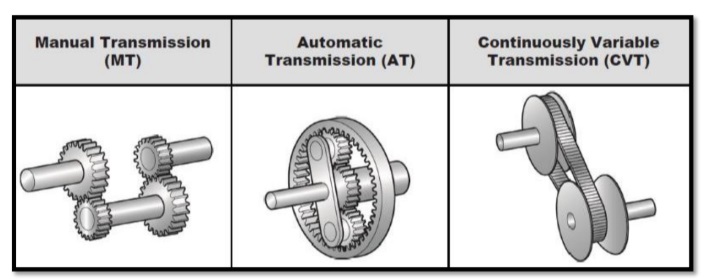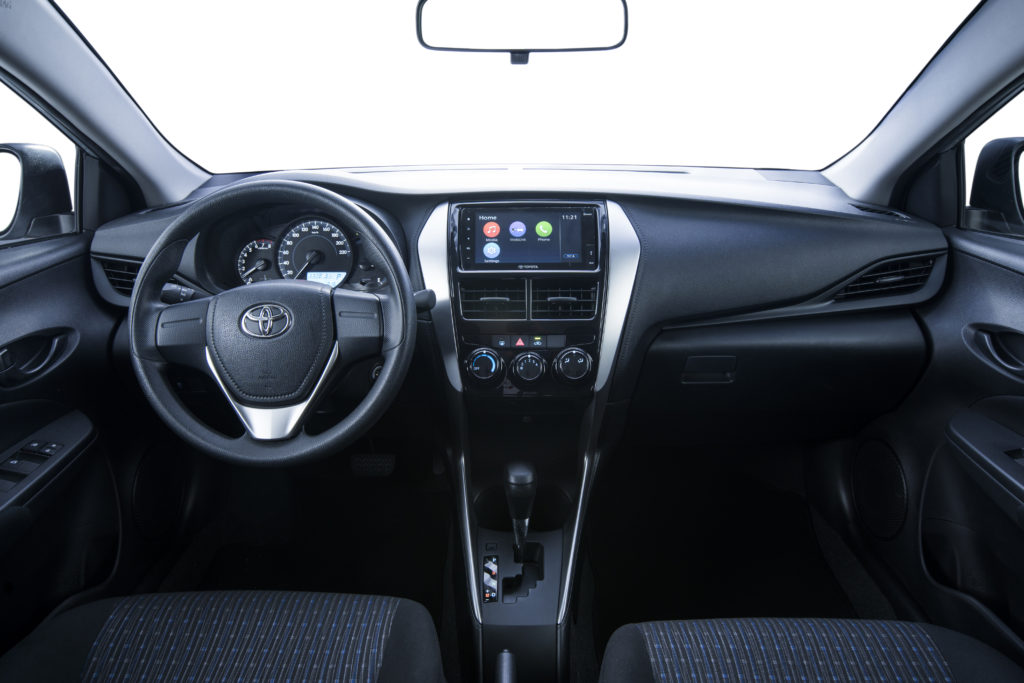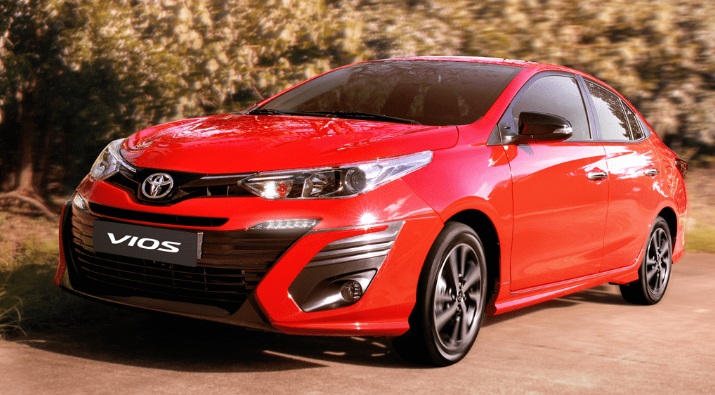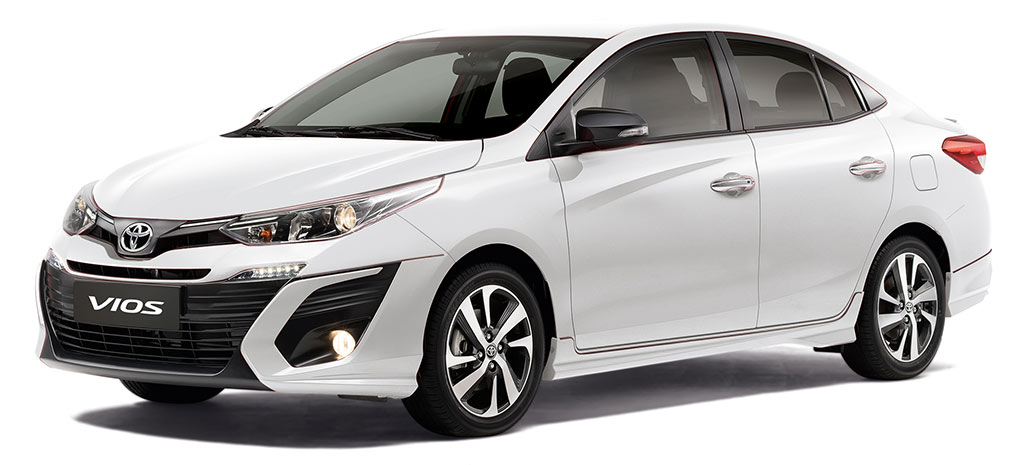There’s a big difference between a Automatic Transmission (AT) and Continuously Variable Transmission (CVT).
While “stick-shift” or Manual Transmission (MT) cars are clearly set apart by their use of a clutch pedal to change the gears, the terms AT and CVT are often used interchangeably with each other.
Let’s take a closer look at Toyota’s best-selling car, the ever-popular Toyota Vios, which is equipped with its Continuously Variable Transmission.

While both transmissions are generally easier and more comfortable to operate due to a computer program that automatically controls shifting based on driver input, the CVT, on the other hand, uses belt-and-pulley system rather than AT’s gears-and-cogs system.
On actual road conditions that has stop-and-go traffic, the Toyota Vios CVT offers a smoother ride than regular AT gearboxes by means of seamless shifting that reduces shift shock and transmission quietness.

This leads to the subcompact’s better cabin comfort in otherwise tiring urban drives. The Vios CVT gearbox also improves fuel economy and fuel mileage by consistently keeping the engine in its most efficient operating range.
The Vios CVT variants are known to be kinder and more forgiving to new drivers by automatically adjusting to human errors such as inconsistent foot pressure and pedal movement. It lessens the vehicle’s jerky, sudden movements by reducing lag time through continuous altering of gear ratios.

As an added feature, the Vios CVT is equipped with Sequential Shift Mode and Paddle Shifters that mimic the sporty feel of manually changing gears. When used along with Drive Mode Select (a choice between Eco and Sport modes), the Toyota Vios offers a versatile and economical driving pleasure for everyone.
At P735,000, the Vios XE is arguably the best value CVT in Toyota’s wide Vios lineup. It suits the modern lifestyle and driving habits of young professionals in the city, while also catering to new and experienced drivers.

